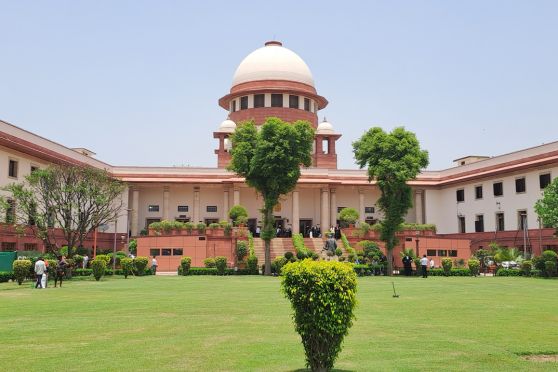Jharkhand got its maiden "city forest" (urban reforestation) using the Miyawaki method of plantation in the industrial hub of Jamshedpur on Saturday.
Steel major Tata Steel dedicated Jamshedpur City Forest to the residents of a city which houses the steel manufacturing plant of Tata Steel, the automobile manufacturing plant of Tata Motors and other major industries like Tinplate Company, Nuvoco Vistas cement plant (formerly Lafarge) etc.
"Jamshedpur City Forest is a conscious effort to reverse the trend of cities losing their green spaces due to urbanisation. It is spread over 5.10 acres of land and has more than 37,000 tree plantations of over 33 species of plants. It uses the Miyawaki method of plantation, which creates native urban forest ecosystems within 15-20 years. It will be open for masses within a fortnight in the morning hours,” said a statement issued by Tata Steel on Saturday evening.
Additional principal chief conservator of forest (development), Nand Kishore Singh, said that this was the first such city forest project not only in Jharkhand but also in the eastern region of the country which has been set up using the Miyawaki method of plantation.
The method, named after Japanese botanist Akira Miyawaki, involves planting different types of indigenous trees within every square metre. The objective is to densify green cover within a small parcel of land. The plants used in the Miyawaki method are mostly self-sustaining and do not require regular maintenance like manuring and watering.
“Urban reforestation using the Miyawaki method has not been done anywhere in Jharkhand or neighbouring Bengal, Odisha and Bihar. It can be a role model for other city municipal bodies on a trial basis. The method focuses on dense plantations which can absorb sound pollution and air pollution. However, it cannot produce forest products as in usual forests because of lack of space between trees,” said Nand Kishore Singh.
Some of the tree species planted in the city forest area include neem, gular (cluster fig), karanj (pongame oiltree), mahogany, acacia, babul (gum Arabic), shisham (north Indian rosewood) among others.











